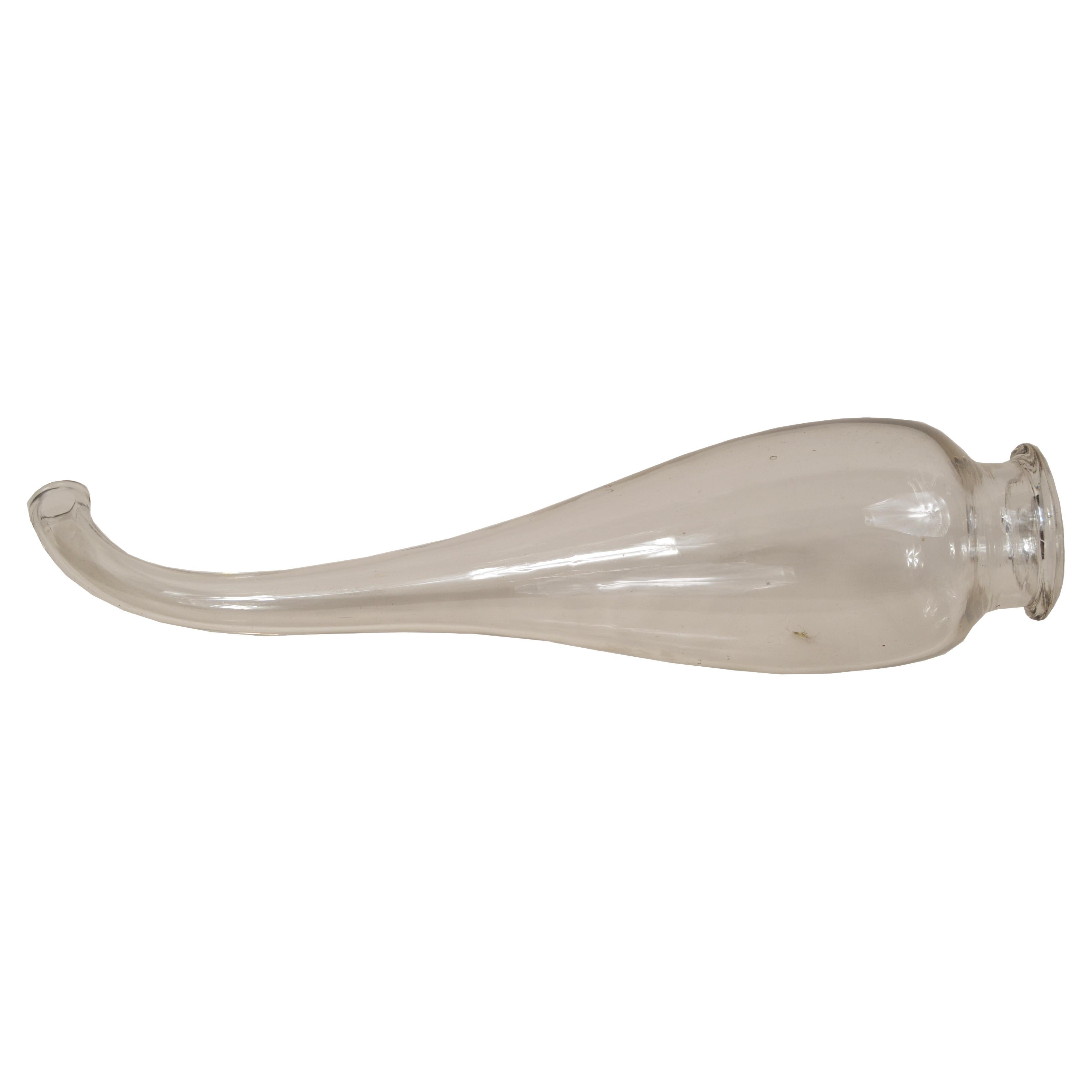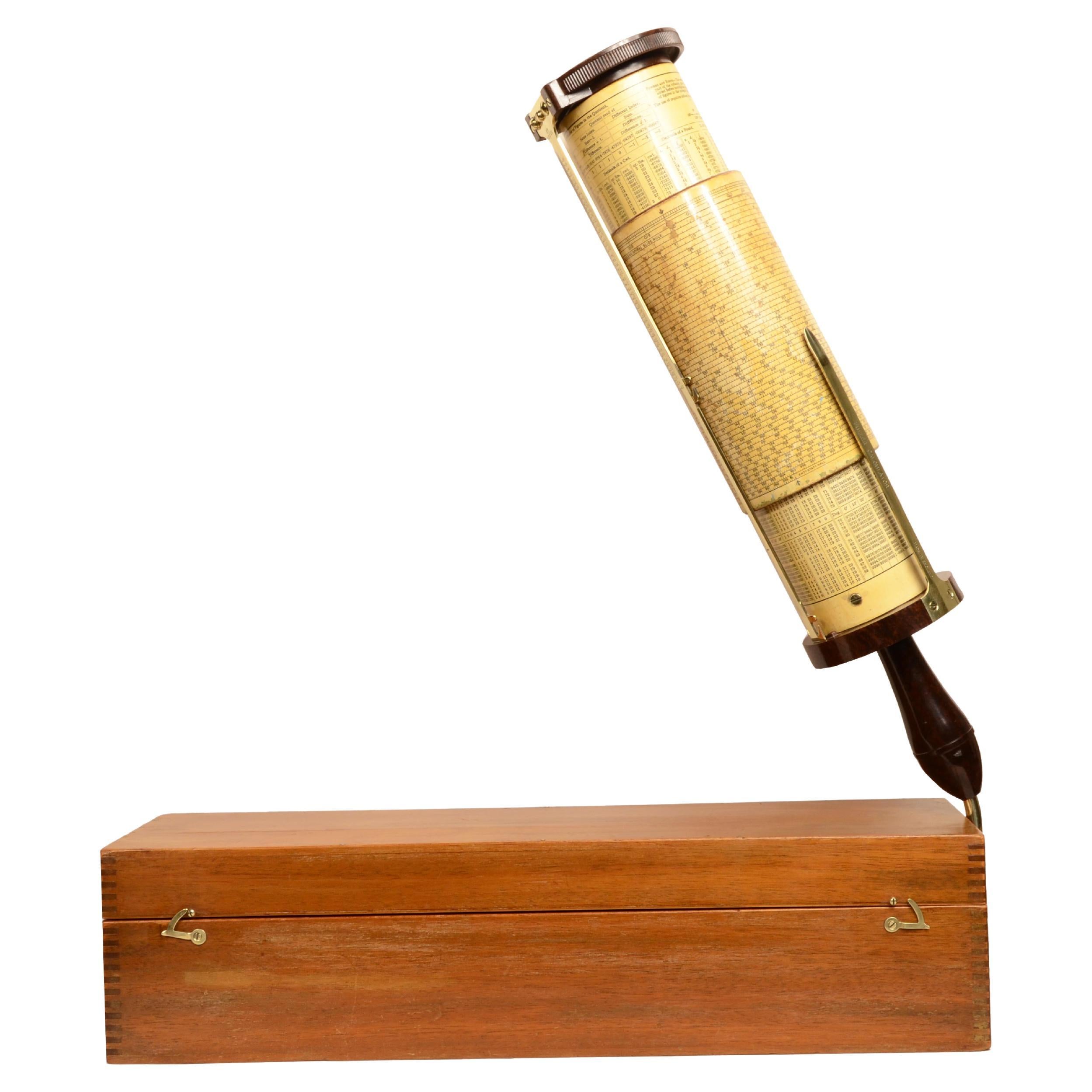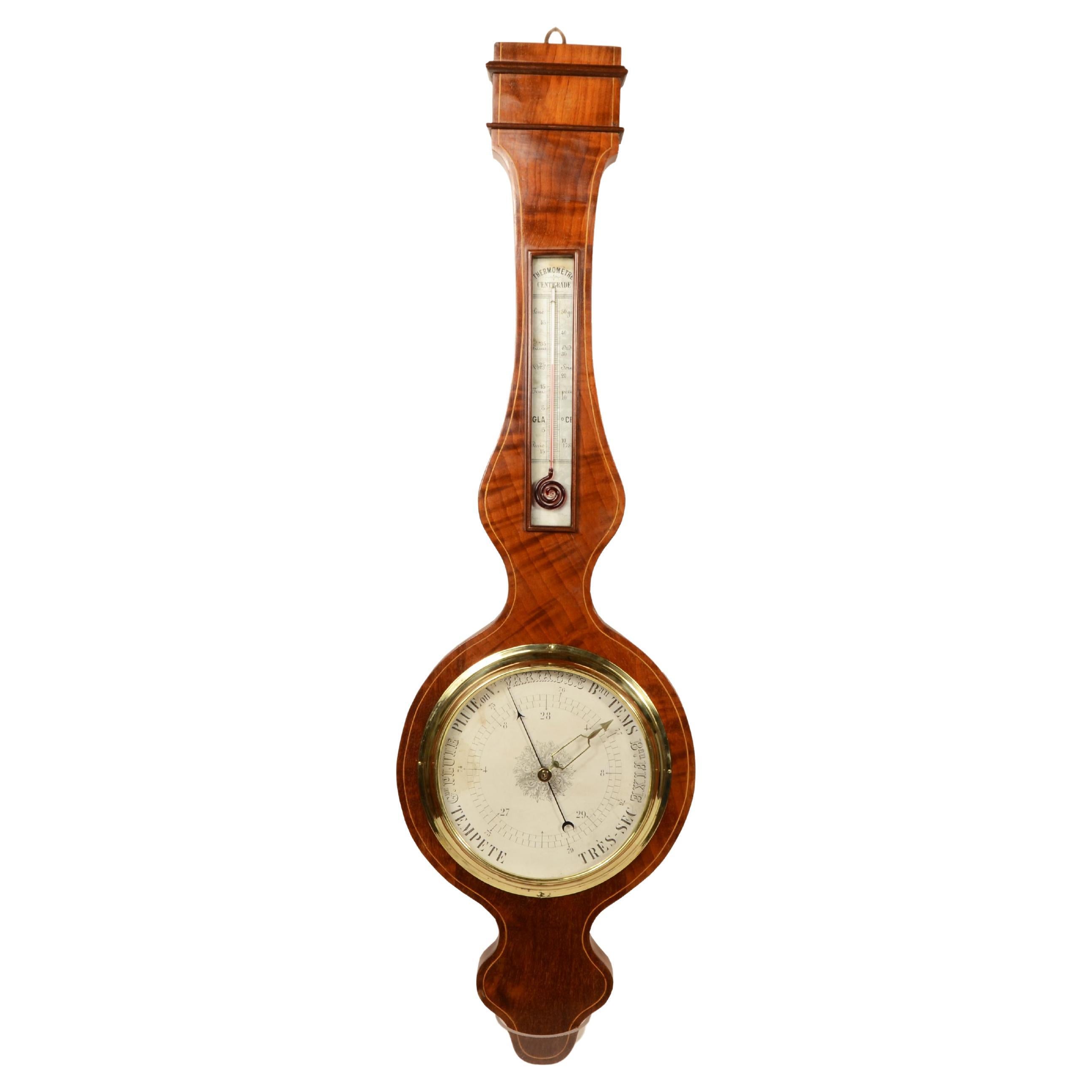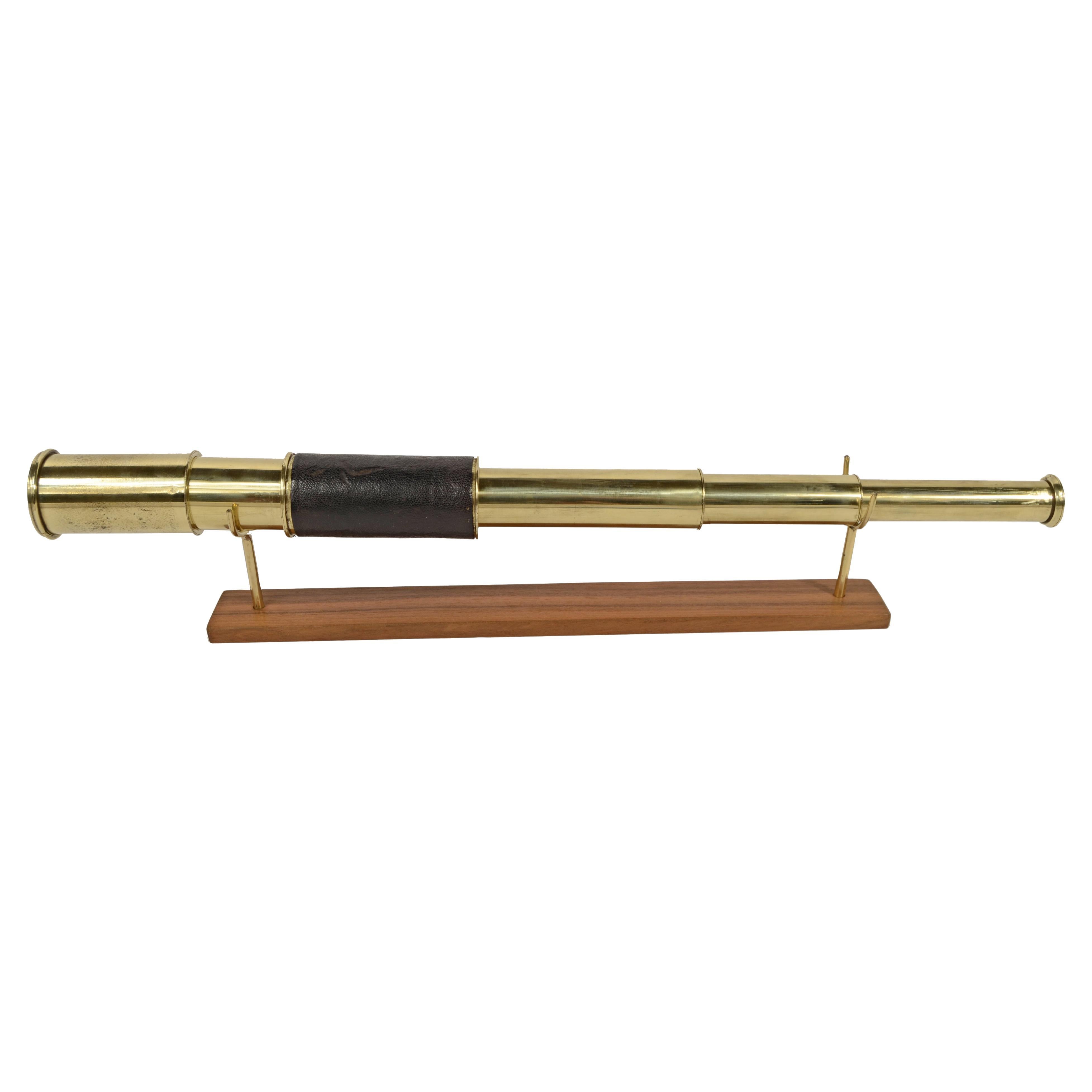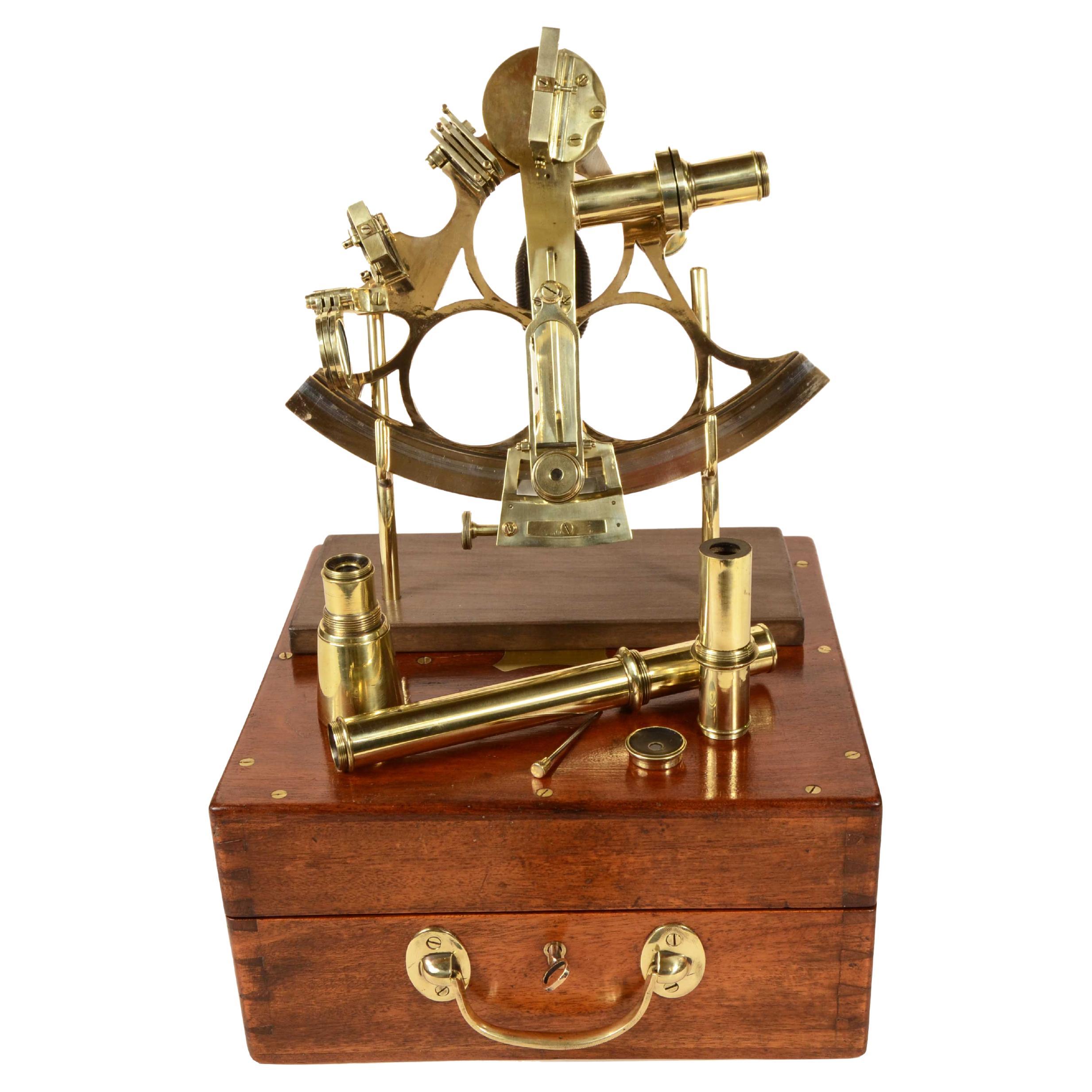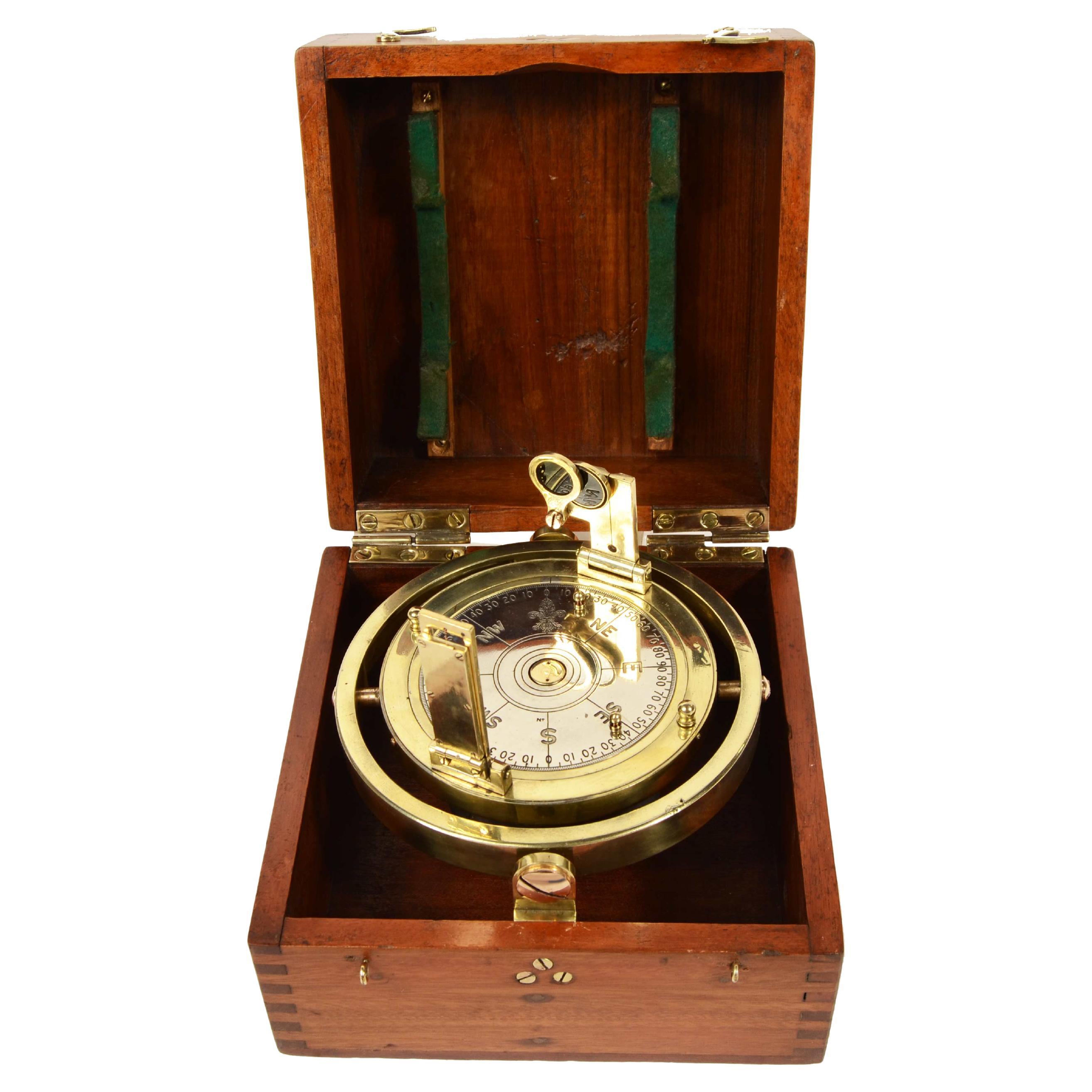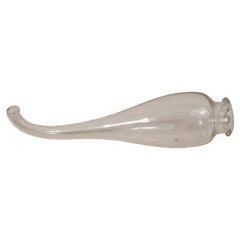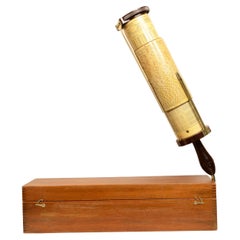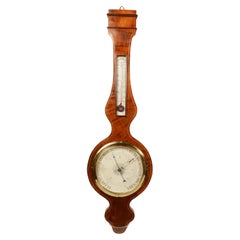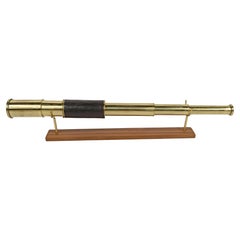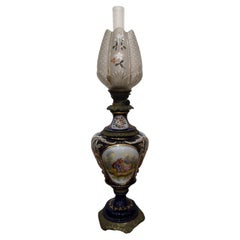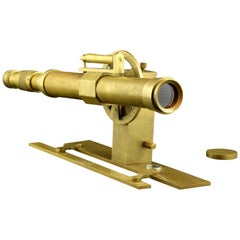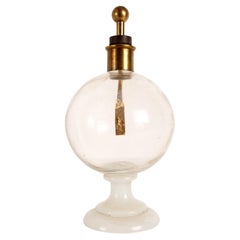Items Similar to Leiden bottle second half of the 19th century accumulates preserves electrical charges
Want more images or videos?
Request additional images or videos from the seller
1 of 12
Leiden bottle second half of the 19th century accumulates preserves electrical charges
$477.70
£353.24
€400
CA$656.17
A$729.62
CHF 381.97
MX$8,912.43
NOK 4,799.81
SEK 4,515.19
DKK 3,045.69
About the Item
Leiden bottle from the second half of the 19th century is about an electrical component that accumulates and stores a high-voltage electrical charge by means of an external source for example, an electrostatic generator. Generally made from a vessel glass, one bottle thick, coated on the outside with a metal foil and filled on the inside with very thin gold foils for better electrical contact and connected with a metal conducting rod that terminates at the top with a small ball inserted into the Bakelite cap of the bottle.
The last photo is the gift box.
The Leiden bottle was uilized to conduct many experiments on electricity as early as the 18th century, ful the first instrument used to accumulate electrical charges, which could be discharged at will by the experimenter.
They are still used today for educational purposes to demonstrate the principles of electrostatics and in the past were used to charge conductors.
The invention is attributed to the Dutch physicist Pieter van Musschembroek, who presented it to the sicentific community in 1746, christening the instrument with the name of his own city, Leiden, which was also the seat of the university at which he held the professorship.
Leiden bottles were often used in board games, to make a chain of people holding hands feel the shock. The person at the beginning of the row touched the outer metal foil of the bottle, and the last person touched the sphere in contact with the inside of the bottle. All the people who made up the chain felt the shock. Bon état. Height cm 21.5 - inches 8.4, diameter cm 6.2 - inches 2.4.
About the Seller
5.0
Gold Seller
Premium sellers maintaining a 4.3+ rating and 24-hour response times
Established in 1999
1stDibs seller since 2014
398 sales on 1stDibs
Typical response time: 1 hour
- ShippingRetrieving quote...Shipping from: Milan, Italy
- Return Policy
Authenticity Guarantee
In the unlikely event there’s an issue with an item’s authenticity, contact us within 1 year for a full refund. DetailsMoney-Back Guarantee
If your item is not as described, is damaged in transit, or does not arrive, contact us within 7 days for a full refund. Details24-Hour Cancellation
You have a 24-hour grace period in which to reconsider your purchase, with no questions asked.Vetted Professional Sellers
Our world-class sellers must adhere to strict standards for service and quality, maintaining the integrity of our listings.Price-Match Guarantee
If you find that a seller listed the same item for a lower price elsewhere, we’ll match it.Trusted Global Delivery
Our best-in-class carrier network provides specialized shipping options worldwide, including custom delivery.More From This Seller
View AllStorta da laboratorio in vetro soffiato trasparente dei primi del XIX sec.
Located in Milan, IT
Storta da laboratorio in vetro soffiato trasparente dei primi del XIX sec., utilizzata per la distillazione, presenta corpo ovoidale e lungo collo piegato verso il basso che si restr...
Category
Antique 1820s Scientific Instruments
Materials
Glass
Ebonite brass and paper mache slide rule designed by G. Fuller Belfast
Located in Milan, IT
Antique ebonite, brass and papier-mâché, spiral-shaped slide rule designed by George Fuller of Belfast, professor of engineering at Queen's University of London in 1878, made by STAN...
Category
Early 20th Century Scientific Instruments
Materials
Wood
Torricellian barometer French manufacture from the second half of the 19th century
Located in Milan, IT
Torricellian mercury barometer, French manufacture from the second half of the 19th century, made of mahogany veneer wood with cedar wood edge threading complete with rare thermomet...
Category
Antique 1870s Scientific Instruments
Materials
Wood
Spyglass round section brass and leather focus 3 extensions 1850
Located in Milan, IT
Round-section brass telescope with leather-covered handle and three-extension focus, complete with sunshade extension and dust cover tabs. English manufacture of the mid-19th centur...
Category
Antique Mid-19th Century Scientific Instruments
Materials
Brass
Brass sextant signed B. Cooke & Son Hull from the second half of the 19th century
Located in Milan, IT
Brass sextant signed B. Cooke & Son Hull, from the second half of the 19th century and housed in its original mahogany wood box with brass handle, hinges, and locking hooks, complete...
Category
Antique 1870s Nautical Objects
Materials
Brass
English Pelorus brass from the second half of the 19th century, on cardan joint
Located in Milan, IT
English Pelorus brass from the second half of the 19th century, mounted on gimbals within its original mahogany wood box with brass hinges and locking hooks.
The instrument has an...
Category
Antique 1870s Nautical Objects
Materials
Brass
You May Also Like
Sèvres porcelain oil lamp, mid-19th century
Located in Catania, IT
Sèvres porcelain oil lamp, mid-19th century (1840-60). On one side are depicted flowers, on the other a couple.
Category
Antique Mid-19th Century Table Lamps
Materials
Porcelain
Decorative Alidade, Metal, 20th Century
Located in Madrid, ES
It has a cover to protect the lens made of the same gold metal in which the rest of the instrument is made. The lines, pure and clean, are the protagonists, and make it a great opti...
Category
20th Century Unknown Other Scientific Instruments
Materials
Metal, Other
Induction electrification demonstrator instrument, Italy 1920.
Located in Milan, IT
Induction electrification demonstrator instrument. By putting two electrically neutral spheres in contact with each other, when a charged wand is approached, it is possible to notice...
Category
Early 20th Century Italian Scientific Instruments
Materials
Blown Glass
Induction electrification demonstrator instrument, Italy 1920.
Located in Milan, IT
Induction electrification demonstrator instrument. By putting two electrically neutral spheres in contact with each other, when a charged wand is approached, it is possible to notice...
Category
Vintage 1920s Italian Scientific Instruments
Materials
Gold, Brass
Industrial Copper Fluid Level Instrument
Located in Norwell, MA
Solid copper industrial ship or factory tube with clear view glass. Mounted to a round base that looks original. Tell us what this is! 62" H x 15" D. 92 lbs.
Category
Vintage 1950s North American Scientific Instruments
Materials
Copper
Antiche Portapalme rielettrificate, a candelieri in legno intagliato, XVIII seco
Located in Milano, MI
Antiche Portapalme rielettrificate, a candelieri in legno intagliato, XVIII secolo (Coppia)
Descrizione
Coppia di Antiche Portapalme rielettrificate, a candelieri in legno intagli...
Category
Antique 19th Century Table Lamps
Materials
Wood
More Ways To Browse
French Binoculars
Mushroom Vienna
Salter Scales Antique
Tripod Binoculars
Victorian Telescope
Antique Barrel Scale
Antique Brass Opera Glasses
Brass And Leather Telescope
Retro Weather Station
Used Refractor Telescopes
Antique Cast Iron Scale Weights Scales
Antique Furniture Rochester Ny
Antique Medical Models
Antique Pocket Compass
Evangelista Torricelli
Large Brass Telescope
Medical Box
Vintage Industrial Gauges
